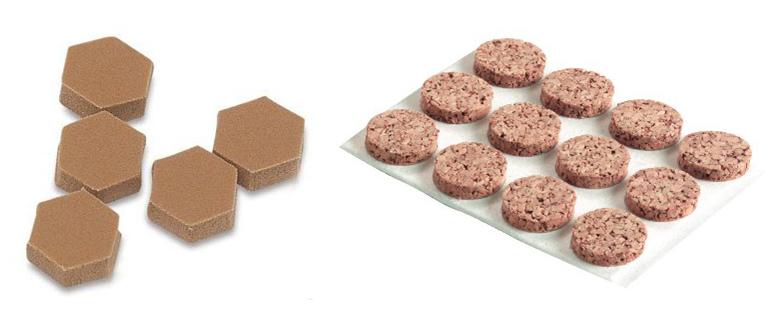Reduce Home Noise – Internally & Externally
For those that live in urban cities, we are always subjected to noises in variety forms either internally or externally of our home. Internally could be home appliances, furniture, cell phones and plumbing. External sources come from vehicles, factories, neighbours (if you are living in an apartment you have neighbours surrounding you), thunder and rain.
With these noises disturbing our daily life, it is understandable we are always in the need to reduce or control the noise level.
Follow the below recommendations to help reduce noise in your home:
Miscellaneous fix
- Move any appliances away from wall to reduce vibration (washing machine, blender, water filter, etc)
- Install rubber / cork padding below functioning appliances to reduce vibration onto floor.
- Install rubber / cork padding under bed, table and chair to eliminate direct contact with floor.
- Install rubber / cork padding on doors to reduce impact during closing.
- Constant cleaning of air conditioner and fan to maintain efficiency thus reducing noise.

Curtain
- Install thick or dual layer curtain to help absorb external noise.

Door
- Replace hollow door with solid doors.
- Install weather stripping around all doors to absorb sound.

Window
- Install double layer windows (with air cavity between windows). This is the most efficient method to reduce external noise but however it does not comes cheap and requires professional installation. Best to install before moving in to avoid hassle on later stage.

Cracks and gaps
- Sealing of any small opening through which air and noise can enter is the cheapest and fastest efficient way to block noise. You may identify cracks and gaps by darkening a room to see where light enters – therefore sound seeps in.

Insulation
- Insulate the walls with rockwool.
- Adapt the same concept as dual layer window. Create a center layer fill with air. This air gap acts as a sound barrier.

No comments:
Post a Comment